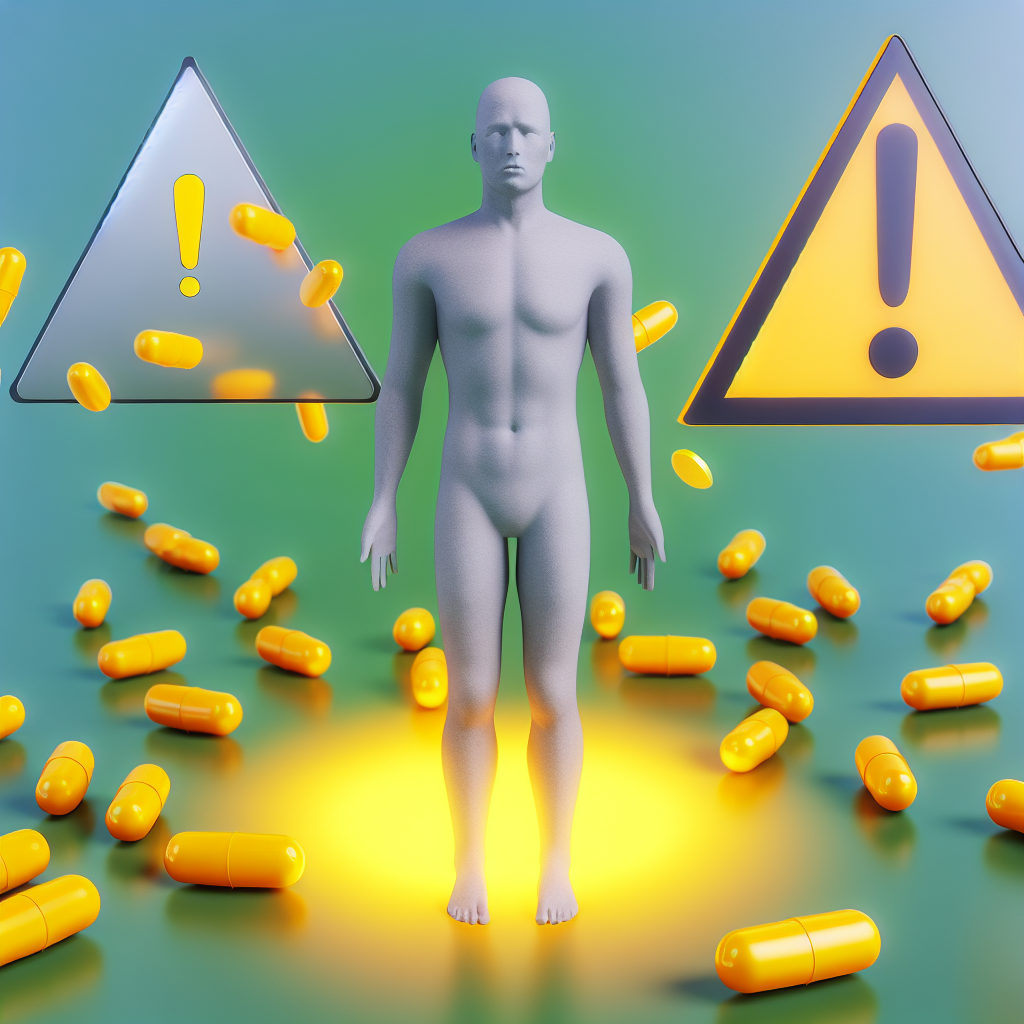Vitamin D is an essential nutrient, often referred to as the “sunshine vitamin.” It helps us maintain strong bones, supports immune health, and even boosts our mood. But did you know that too much vitamin D can actually be harmful? While much attention is given to vitamin D deficiency, vitamin D toxicity—scientifically known as hypervitaminosis D—can cause a range of serious health problems.
If you’re taking supplements or have recently increased your vitamin D intake, you might wonder, “Am I getting too much?" This article will explain everything you need to know, including how to recognize the signs of excess, what causes it, and how to avoid vitamin D toxicity altogether.
What Is Vitamin D Toxicity?
Vitamin D toxicity occurs when you consume excessive amounts of vitamin D, usually through supplements. Unlike water-soluble vitamins like vitamin C, which the body easily excretes, vitamin D is fat-soluble. This means it’s stored in your liver and fat tissues, where high levels can build up over time and lead to complications.
The biggest issue associated with too much vitamin D is hypercalcemia, a condition where calcium levels in your blood rise dangerously high. Hypercalcemia can cause nausea, confusion, and even damage to your kidneys, heart, and bones. Thankfully, toxicity is rare and almost never happens through diet or sunlight alone.
Symptoms of Too Much Vitamin D
The signs of excess vitamin D can be subtle at first, but they often worsen over time if left unchecked. Watch for the following symptoms:
Early Signs: Subtle Indicators to Look For
Early symptoms can easily be mistaken for other health issues, but they may indicate excessive vitamin D levels if they are persistent:
- Nausea and vomiting: Feeling queasy or having an upset stomach without a clear cause.
- Loss of appetite: A sudden drop in hunger, even for your favorite meals.
- Fatigue and weakness: Feeling persistently tired or drained, even after resting.
- Frequent urination or excessive thirst: A sign that your kidneys are working hard to expel excess calcium.
Advanced Symptoms: When Things Take a Serious Turn
If the condition worsens, more severe symptoms of hypercalcemia may arise, including:
- Confusion, difficulty concentrating, or memory issues.
- An irregular heartbeat or palpitations, which may feel like fluttering or skipped beats.
- High blood pressure that becomes harder to manage.
- Bone pain, kidney stones, or soft tissue calcification, where calcium builds up in areas like the lungs or heart.
Causes of Vitamin D Toxicity
Vitamin D toxicity is most often linked to supplements, not food or sunlight. Here’s why:
Over-Supplementation: The Biggest Culprit
Many people take vitamin D supplements to combat deficiency, and for most, this is safe and beneficial. Problems arise when people exceed the tolerable upper intake limit of 4,000 IU per day for adults. Often, individuals unknowingly stack supplements, combining multivitamins, fortified foods, and high-dose vitamin D pills.
Additional Risk Factors
While rare, certain conditions can make your body more susceptible to vitamin D toxicity:
- Health conditions like sarcoidosis or hyperparathyroidism, which increase sensitivity to vitamin D.
- Misdiagnosed deficiencies, where people self-prescribe supplements without testing their levels first.
How to Maintain Safe Vitamin D Levels
The good news is that preventing vitamin D toxicity is straightforward if you follow safe practices. Understanding how much vitamin D your body needs is the perfect starting point.
What’s the Ideal Vitamin D Intake?
Recommended daily intake levels vary by age and health condition. According to experts, here’s a general guideline:
- Infants (0–12 months): 400 IU/day
- Children and teens (1–18 years): 600 IU/day
- Adults (19–70 years): 600 IU/day
- Older adults (71+ years): 800 IU/day
Unless prescribed by a doctor, you should avoid exceeding 4,000 IU/day to minimize risk.
Smart Strategies to Avoid Vitamin D Toxicity
- Check your levels: Simple blood tests measuring your vitamin D levels and blood calcium can guide safe supplementation.
- Get vitamin D naturally: Enjoy sunlight safely and eat nutrient-rich foods like salmon, egg yolks, and fortified dairy products.
- Read labels carefully: Pay attention to overlapping doses from multivitamins, individual supplements, and fortified foods.
- Consult your doctor: Always talk to a healthcare provider before starting or adjusting high-dose vitamin D supplements.
What to Do If You Suspect Vitamin D Toxicity
If you think you’ve taken too much vitamin D or are experiencing symptoms of hypercalcemia, it’s important to act quickly.
When to Seek Medical Attention
Signs like severe fatigue, confusion, or persistent nausea shouldn’t be ignored. These may indicate dangerously high calcium levels that require immediate intervention.
Diagnosis and Treatment
Your doctor will diagnose vitamin D toxicity by checking blood levels of vitamin D and calcium. Treatment often includes:
- Stopping all vitamin D supplements immediately.
- Restricting calcium intake in your diet temporarily.
- In severe cases, using intravenous fluids or medications to lower blood calcium levels.
Final Thoughts: Striking the Right Balance
Vitamin D is crucial for your health, but balance is key. Too much of it—often from excessive supplements—can lead to health risks like hypercalcemia, kidney damage, and heart issues. By sticking to recommended dosages, getting your levels tested, and using supplements wisely, you can enjoy all the benefits of vitamin D without the risks.
Remember, the sunshine vitamin is your ally—just make sure you let it shine in moderation.
